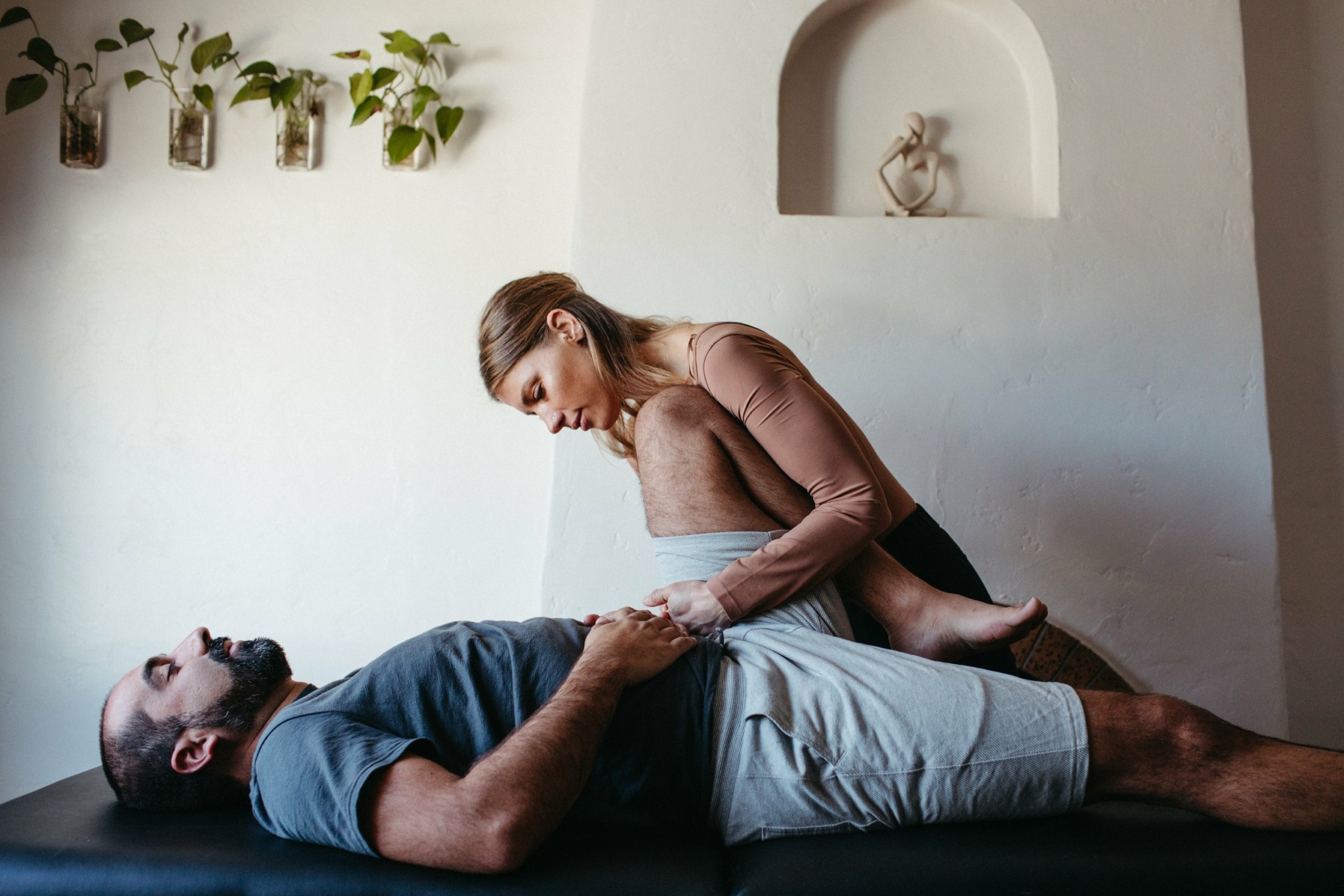We’re excited to introduce you to the always interesting and insightful Alexandra Mohamadi. We hope you’ll enjoy our conversation with Alexandra below.
Alexandra, thanks for joining us, excited to have you contributing your stories and insights. Owning a business isn’t always glamorous and so most business owners we’ve connected with have shared that on tough days they sometimes wonder what it would have been like to have just had a regular job instead of all the responsibility of running a business. Have you ever felt that way?
I don’t think I could ever go back to being an employee, or working within the constraints of the insurance system for that matter, but that’s a whole other conversation. Still, there are definitely moments when I think, just for a second, “Wouldn’t it be easier to be a barista again?” Back then, my biggest concern was whether someone’s cappuccino had enough foam. I still stressed unreasonably about mistakes like that, but in hindsight I should have reveled in the lack of responsibility I had for others’ wellbeing.
Now, I carry a lot of responsibility for my patients and their outcomes, probably more than I should. I care deeply, and that sometimes morphs into self-blame when things don’t go perfectly. Not long ago, I had a patient with a very common low back issue that was causing nerve pain down her leg. She’d made significant progress, and after just two visits, she texted me saying how relieved and grateful she felt. I was thrilled.
Then, the next day, she had a major flare-up. If you’ve ever dealt with nerve pain, you know how anxiety-inducing it can be. She was struggling to stay optimistic. As it turned out, she had unknowingly done one of the exact movements I’d cautioned her against during this acute phase. I had explained the importance of avoiding certain postures, but biomechanics can be hard for patients to fully grasp, even when they’re trying their best.
To make things more complicated, I had just landed in Mexico for a much-needed vacation when she reached out. My immediate thought was, I failed her. I replayed our sessions in my mind. Did I explain it clearly enough? Did I give her real-world examples? Did I check for understanding? Then the spiral: What if she pushed this too far? What are the worst-case scenarios? Will she blame me?
I can handle being hard on myself. What’s harder is the thought of a patient losing trust in me. We talked it through on the phone, I gave her additional guidance and reassurance, and after her third visit, she was virtually pain-free. All that worry? Wasted energy.
Finding the balance between healthy self-reflection and unnecessary anxiety is an ongoing challenge. I wish I could say this experience snapped me out of the habit of dramatic pendulum swings, but if I’m honest, I think that’s going to be a lifelong practice. And who knows? Maybe I’d still get just as anxious over a cappuccino.
Photography, on the other hand, is a completely different experience. When someone hires me, it’s because they connect with my style. If they end up not liking how they appear within that style, I can chalk it up to subjectivity. That hasn’t happened yet (knock on wood), but if it does, I imagine I’ll feel a brief sting, then let it go. Photography has become a tangible reminder for me to trust myself and release the need for perfection, something I’m still learning to do in my clinical work.

Awesome – so before we get into the rest of our questions, can you briefly introduce yourself to our readers.
I feel like I almost live two lives when it comes to my career, and I really like it that way.
I’ve dabbled in photography since high school, ever since my parents bought me my first digital camera. I took some classes in college, toyed with the idea of going pro. I remember my sophomore year, my dad sat me down, excited about my future, and we started researching photojournalism programs. But once I saw the reality of chasing paychecks, I realized I didn’t have the stomach, or really the confidence in myself, for the hustle. That dream faded.
So I pivoted. I aimed for a career in human rights, but after a few internships, I realized I didn’t have the emotional stamina for that work either. I felt lost.
Around that time, I developed some strange nerve symptoms in my left arm that left it dramatically weak. I landed in a physical therapist’s office. Due to the nature of my condition, something I wouldn’t get a diagnosis for until thirteen years, nine neurologists, and six recurrences later, PT couldn’t do much for me. But I saw how immediate and tangible this work could be. It planted a seed.
It was a huge leap. PT school meant years of schooling and debt. I took my time. I traveled and worked abroad. Eventually, I found myself at a yoga ashram in India. It was there that I made the decision: I wanted a career centered around helping people move better and feel better.
It took two years of prerequisites just to be eligible to apply to a doctorate program, three years for the doctorate itself, and then I added a three-year fellowship program to gain the skills needed to treat the most complex musculoskeletal cases. It was grueling, but it gave me everything I needed to go out on my own and create Reframed Physical Therapy. I now treat anyone with musculoskeletal pain, but my advanced training allows me to specialize in solving the toughest cases, the ones where people have already seen more providers than they can count.
That’s where I thrive. I also have a niche in working with chronic pain, particularly when psychosocial factors are at play. In the early days of COVID, I created an eight-week course that blends pain science with mindfulness practices called Pain in Panorama. I’ve been using it with my own patients for years, and I’m currently rebuilding it on a course platform so it can reach more people who need it.
As for photography, it wasn’t until after grad school that I felt like I had the energy to pick up a camera again. When we moved back to Santa Barbara, something in me reawakened. I offered to take a friend’s maternity photos, she posted them, and suddenly inquiries started rolling in. See Creature Photography was born.
I’ve always loved capturing people in an honest, documentary style, freezing real, fleeting moments of life. Families, maternity, love. But my true addiction? Surf photography. Especially now that I have a water housing. As a surfer, I’ve always wanted to bottle the energy of the ocean, the calm glassy mornings, the kelp barely breaking the surface, the wild sessions that demand total focus. Shooting surf feels almost as good as surfing it. Sometimes better. It gives me a feeling I truly did not know existed until I brought my camera in the water for the first time. It’s when I feel the most “me.”
One of my favorite sessions combined it all, surf, family, connection, a father-son duo sharing waves. I am thirsty for more of that!
I guess, in the end, what I really love is doing things that scare me. Whether it’s telling doctors to send me their most complicated patients, or swimming out with flippers and a camera into head-high waves on a crowded day, not knowing what’s beneath me, it’s the challenge that keeps me learning, humble, and growing.
That’s what I bring to everything I do, a willingness to go deep, to stay curious, and to find peace in the unknown.

Have any books or other resources had a big impact on you?
One of my closest friends passed away suddenly and tragically in college. Looking back, I realize I had always struggled with anxiety, even as a kid, but that experience completely rocked me. I was barely holding it together, constantly on edge, panicking, losing my temper. My dad saw me struggling and encouraged me to try mindfulness. He sent me some books, which honestly just sat on my shelf collecting dust for years.
It wasn’t until grad school, when I started learning about the evidence behind mindfulness and how it impacts our brain circuitry, that it finally clicked. The science is what hooked me. Once I dove in, the practice started to change my life in meaningful, lasting ways. It still does.
One book that especially resonated with me is “Good Morning, I Love You” by Dr. Shauna Shapiro. Mindfulness, at its core, teaches us to respond rather than react, a deceptively simple concept that’s transformative both personally and professionally. It’s a foundational skill for delivering high-quality care, for navigating difficult conversations, for leading, and for building sustainable, respectful relationships with patients and other professionals. And truly, that’s just the tip of the iceberg.
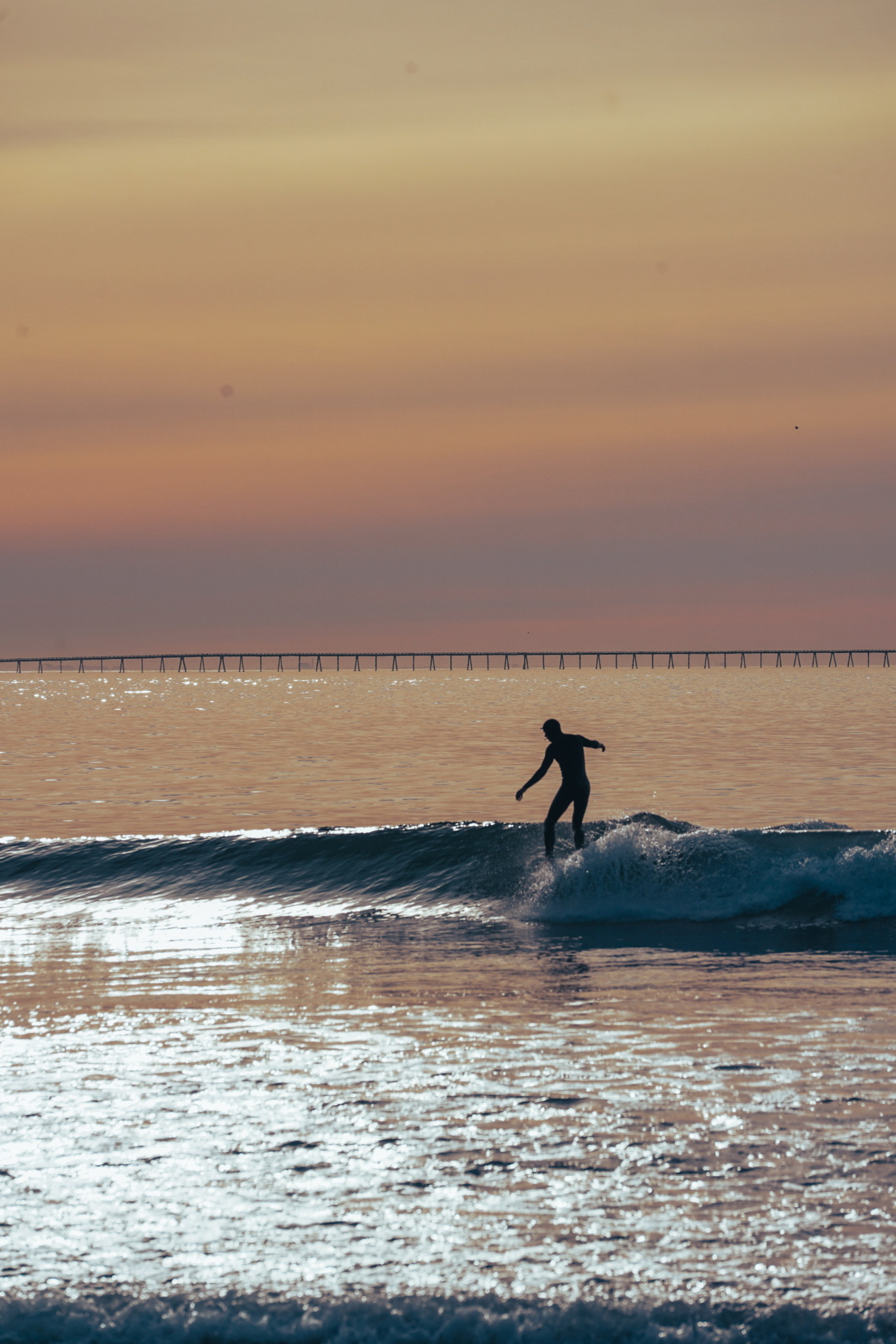
Any stories or insights that might help us understand how you’ve built such a strong reputation?
When you graduate from PT school, you come out with a broad foundation, but the reality is, you only know the basics. And I’ve always hated the feeling of not knowing what I’m doing, especially when someone’s well-being is on the line. Atul Gawande captures that tension so beautifully in Complications, the paradox of learning through doing, knowing mistakes are part of the process. But even with that awareness, I felt overwhelmed by my lack of confidence in differential diagnosis and efficient treatment planning.
I was lucky, though. My first job placed me among fellows, an incredible rarity, considering that less than one percent of physical therapists pursue fellowship training. I also worked alongside PTs I admire deeply who had honed their craft through years of practice and reflection. I admire anyone with the patience and self-assuredness to learn at that pace, However, I wanted a more structured and accelerated path to clinical mastery. Fellowship does not automatically make me a better provider than non-fellows, but it gave me something I deeply needed: a framework, a way to look at complex problems, ask better questions, and test hypotheses with clarity.
Fellowship training taught me the power of the test, treat, retest approach. I no longer rely on theories or assumptions, I let the patient’s experience in their body guide the process. We try something, we measure, we reassess. That method grounds my work in real-time results and creates a collaborative process with my patients rather than guessing games. It also taught me how to keep learning from every patient interaction.
Another thing that has shaped my reputation is my personal experience as a patient. I live with a chronic disease that went undiagnosed for over a decade. I know what it’s like to be in pain with no clear answers, to be passed from doctor to doctor, and to live in the gray area of medicine. That experience gave me my greatest strengths as a provider, empathy and compassion. They’re not just buzzwords to me, they’re the foundation of how I show up in my work every day.
Contact Info:
- Website: www.reframedphysicaltherapy.com and www.seecreaturephotography.com and www.paininpanorama.com (in construction!)
- Instagram: @altheseecreature and @dralexandramohamadi
- Linkedin: https://www.linkedin.com/in/alexandra-mohamadi-66597491
- Youtube: https://www.youtube.com/@dralexandramohamadi
- Yelp: https://www.yelp.com/biz/reframed-physical-therapy-santa-barbara
- Other: Tiktok.com/@dralexandramohamadi
Tiktok.com/@altheseecreature
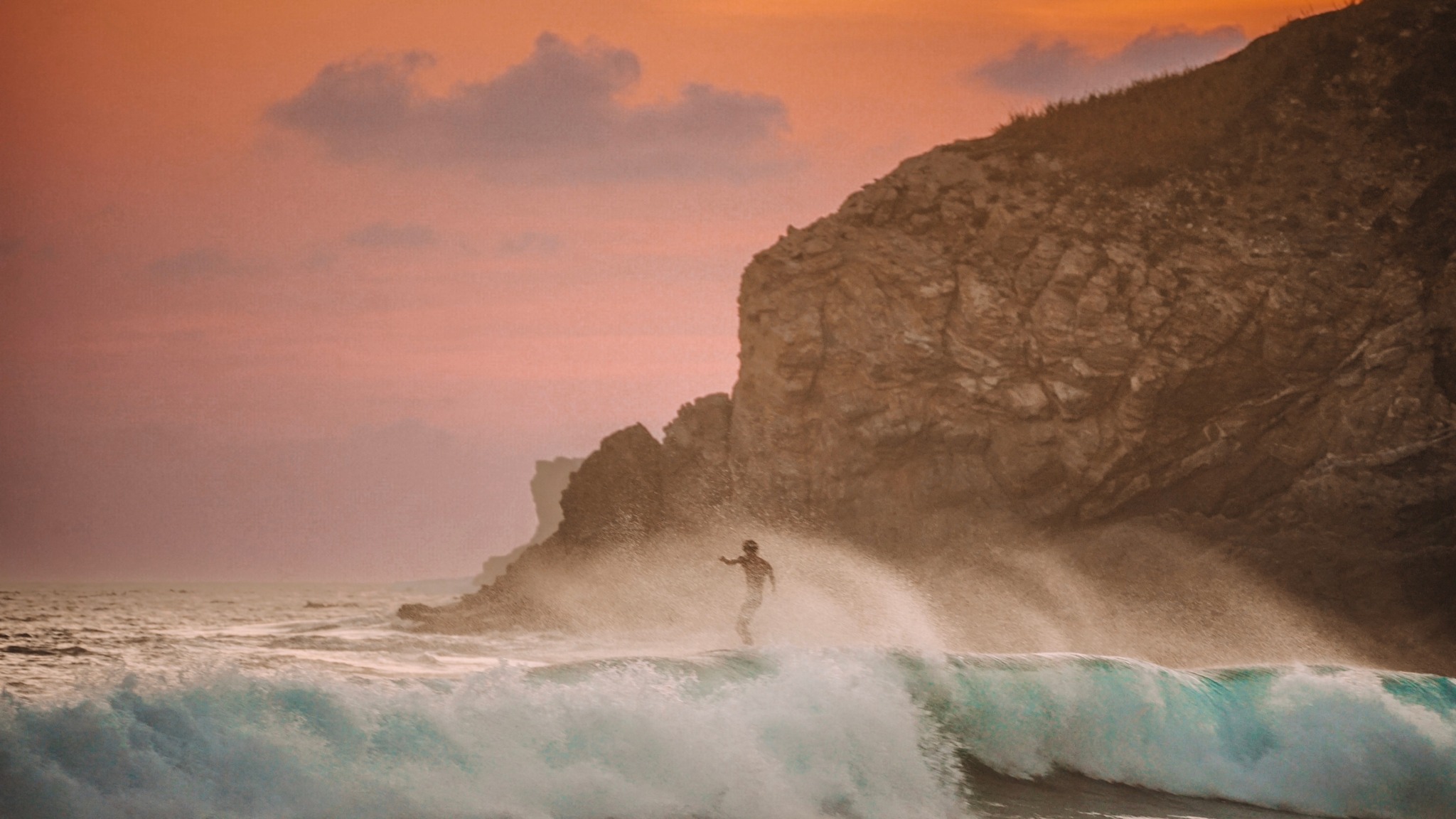
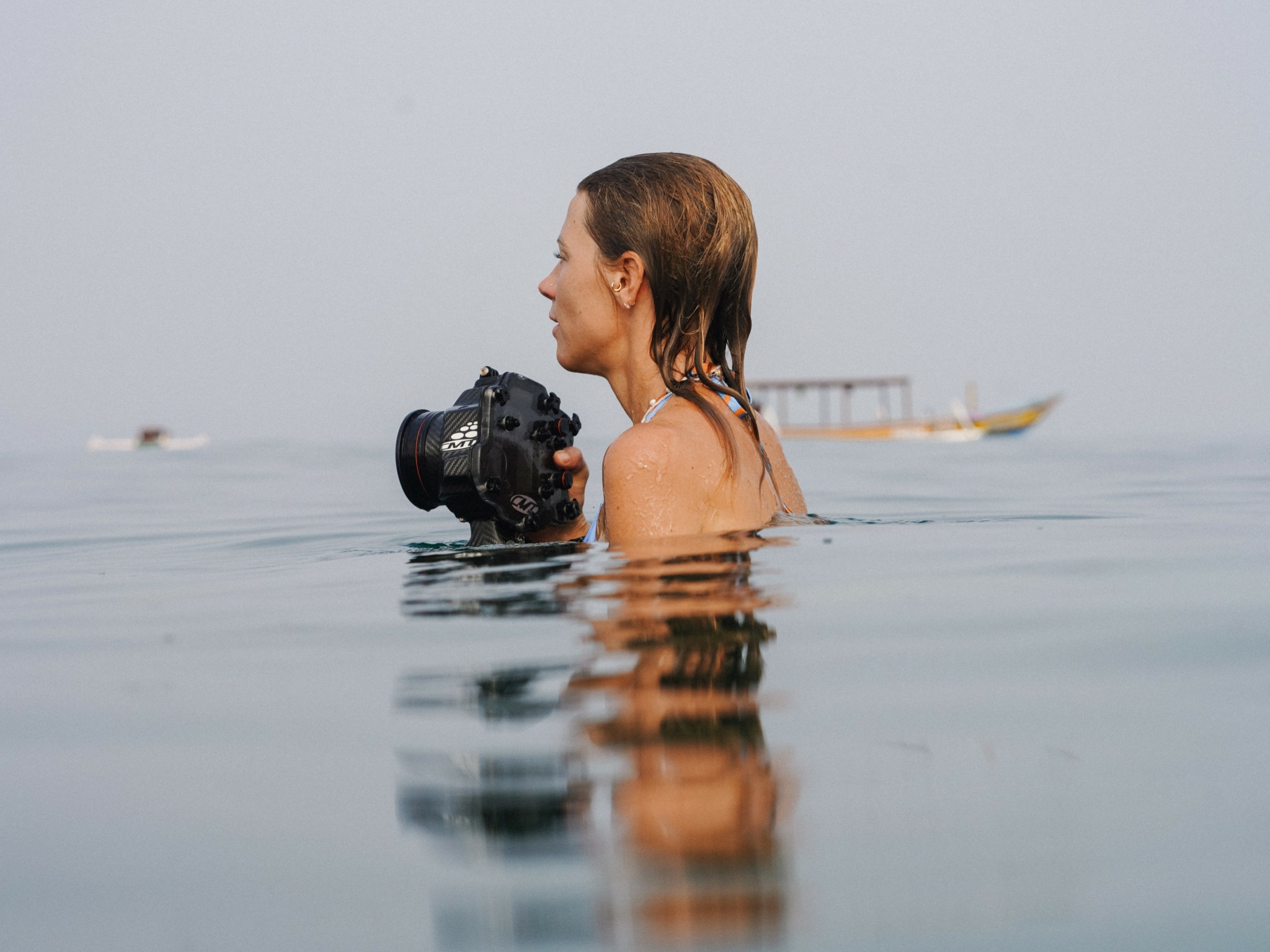
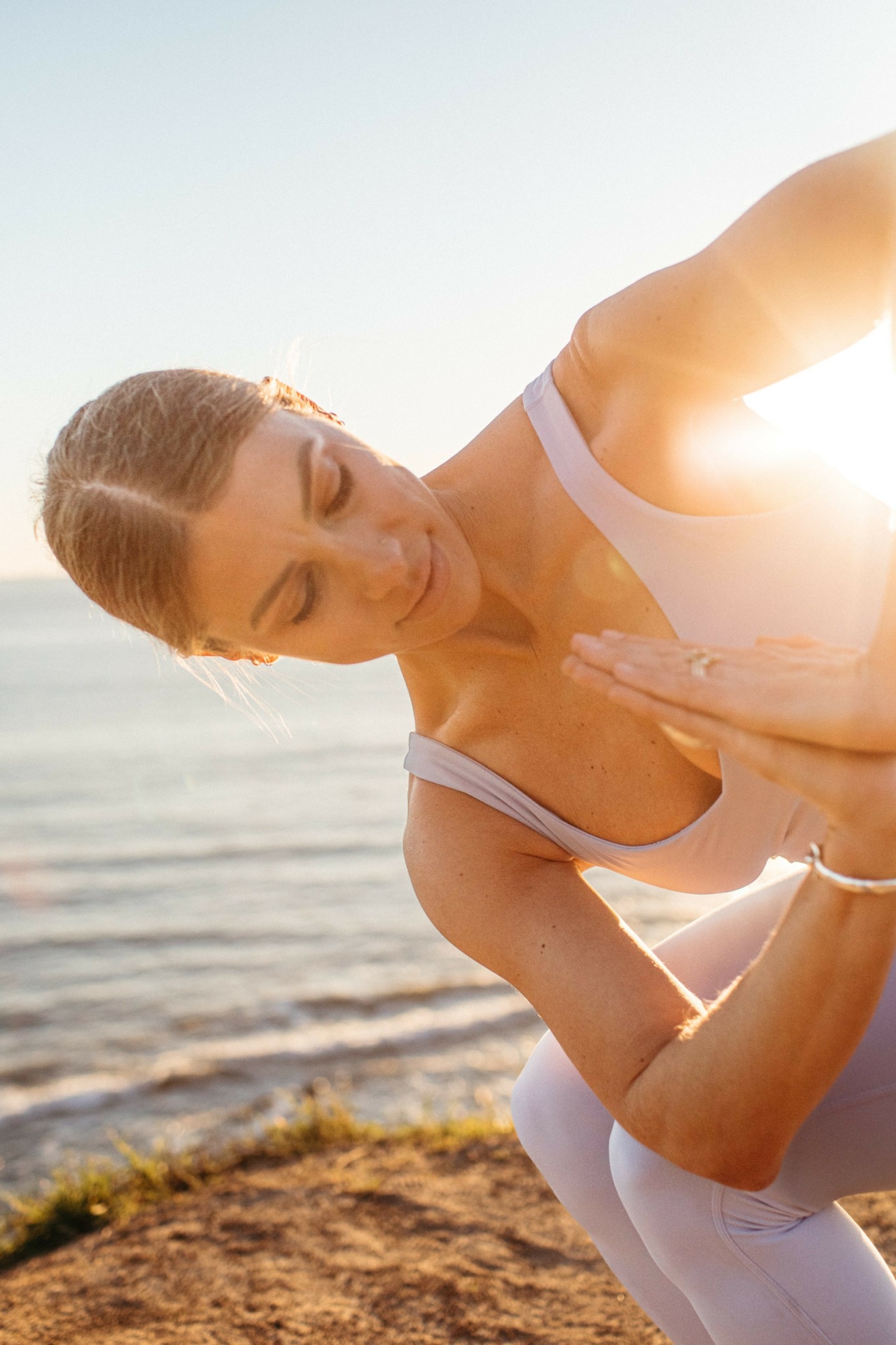
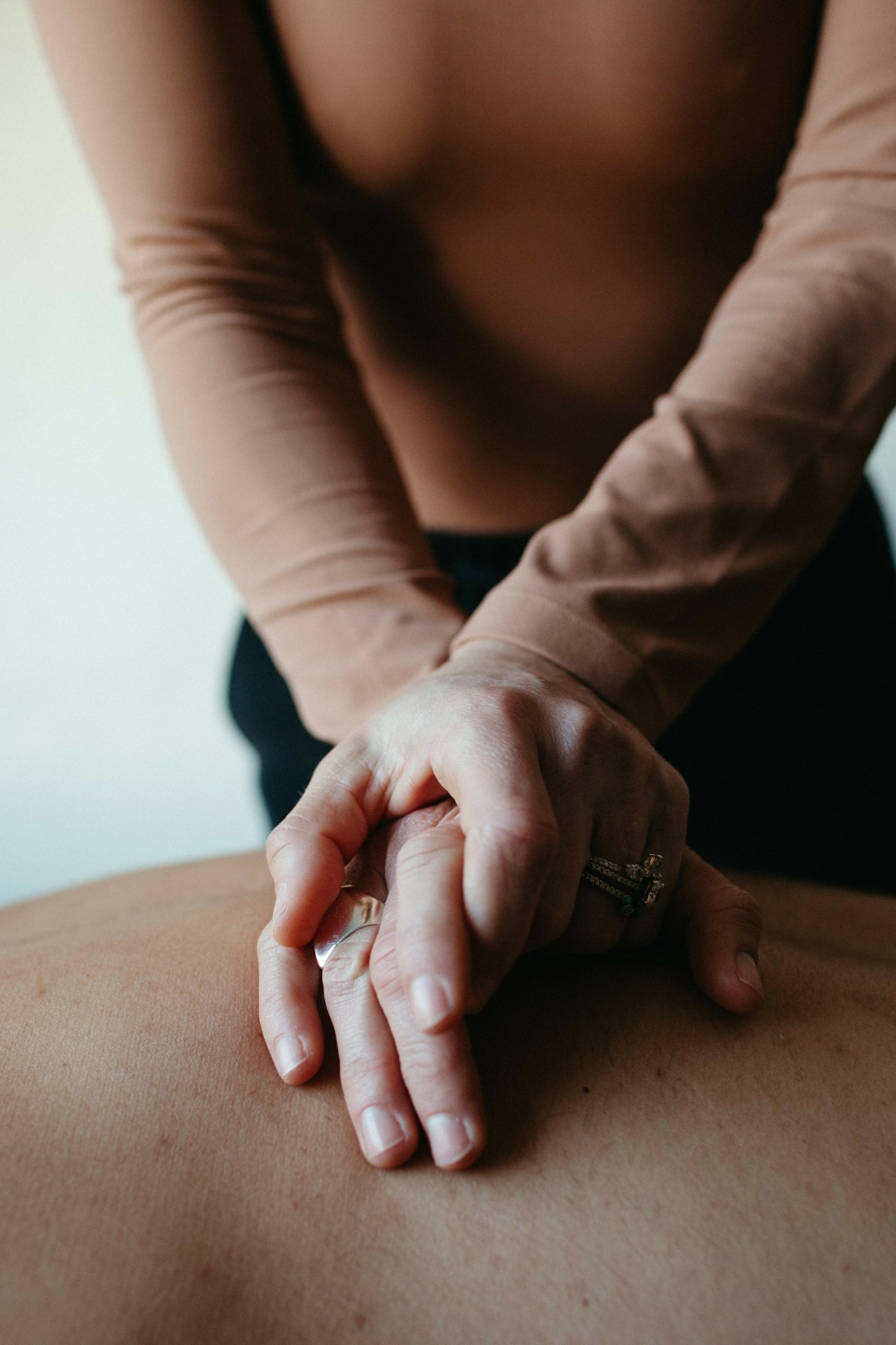
Image Credits
Sara Prince
Valia Gontard


